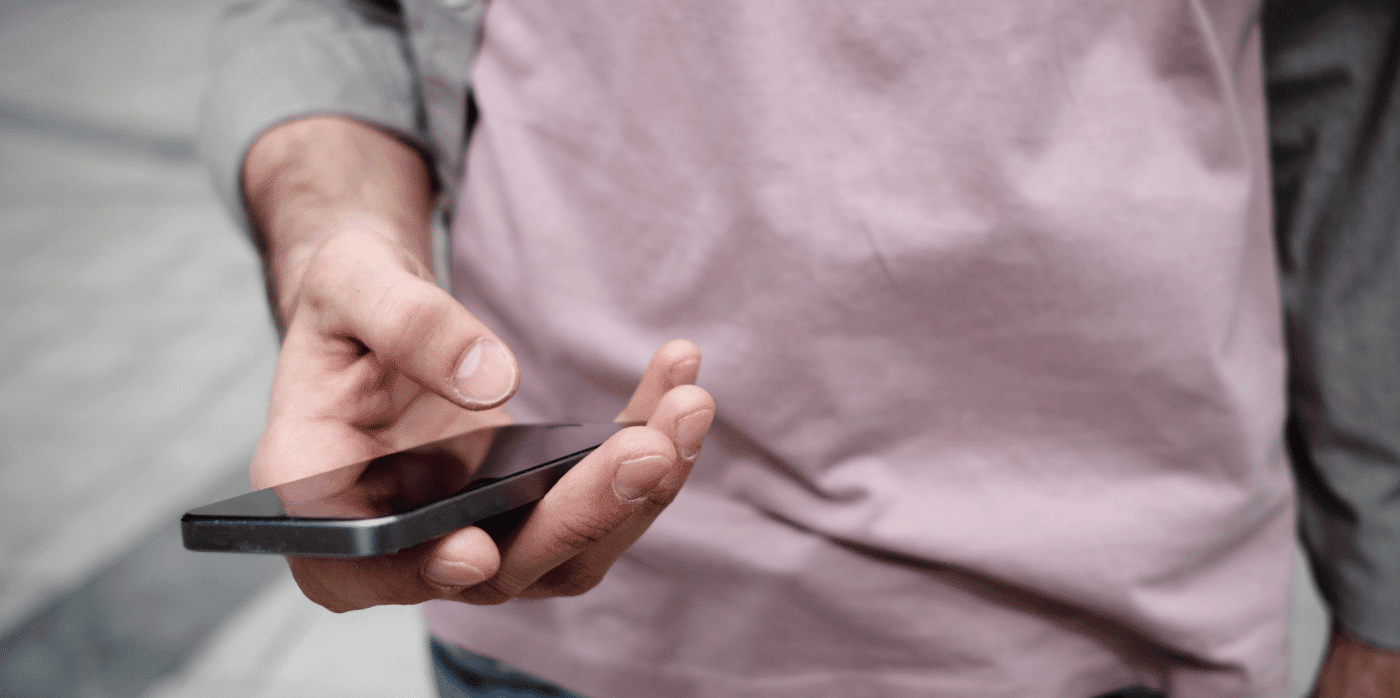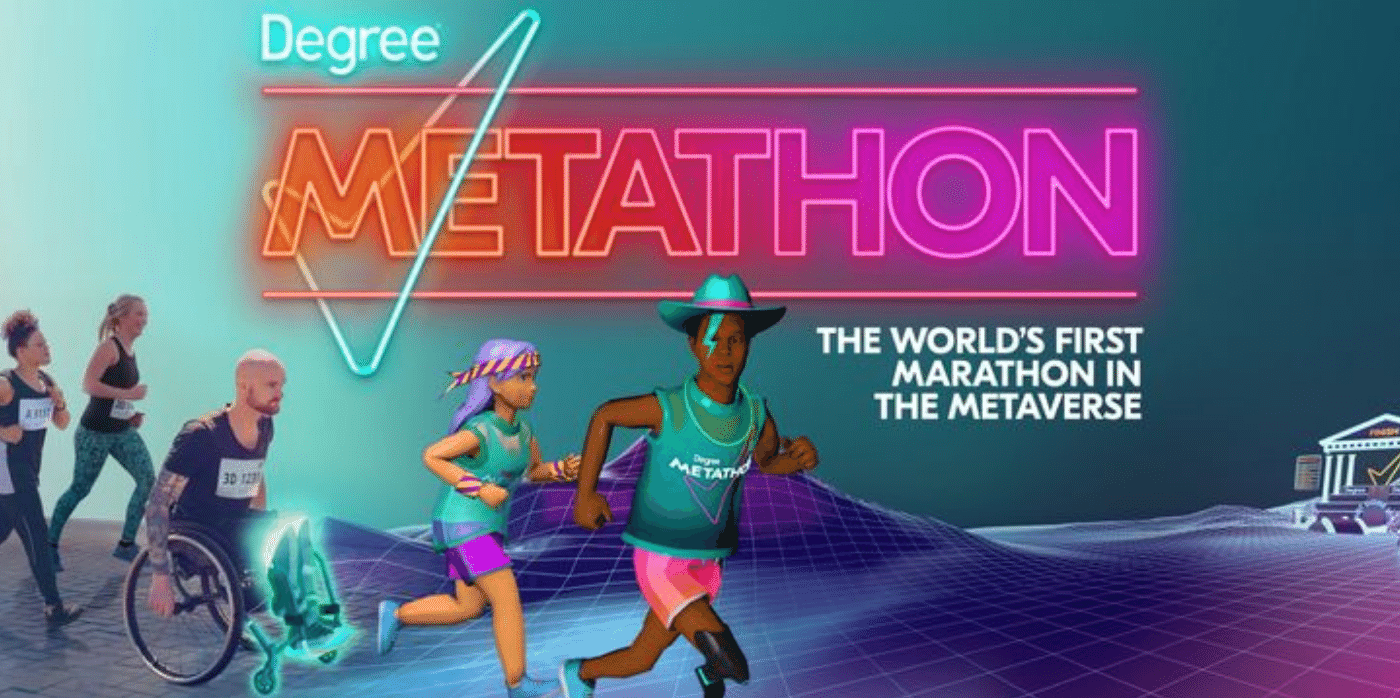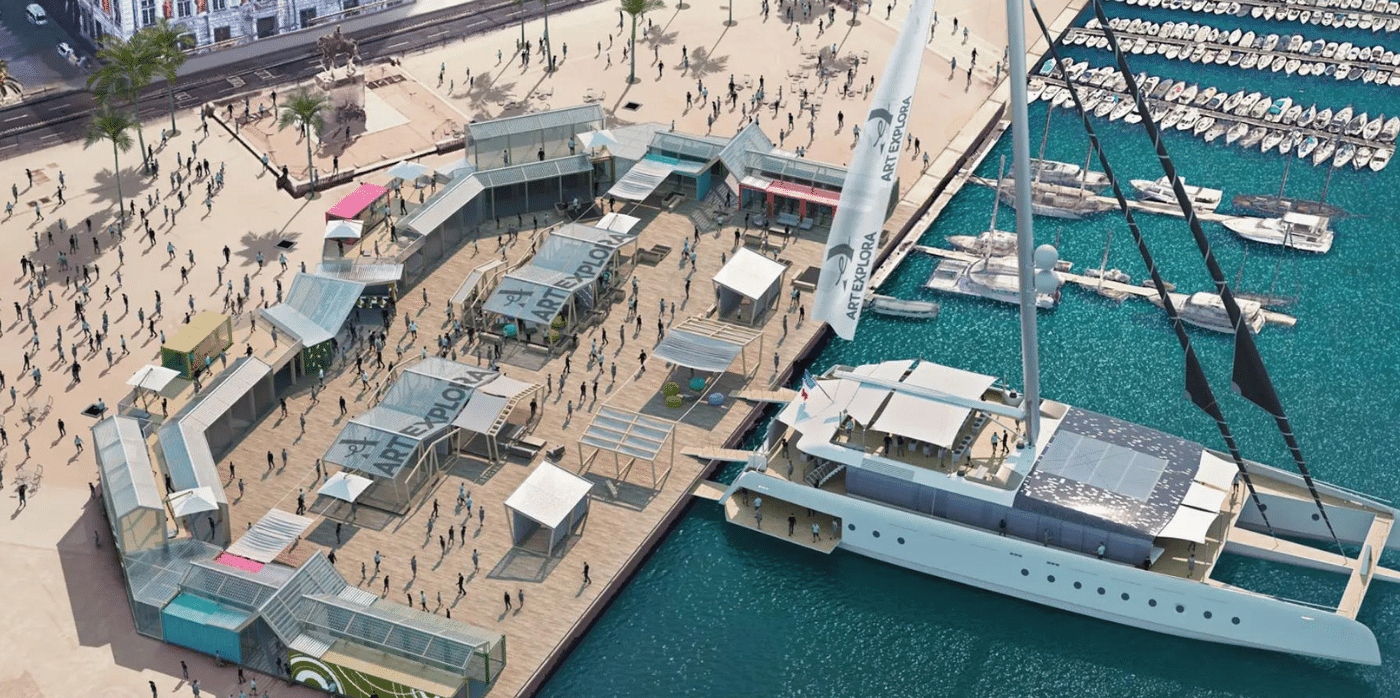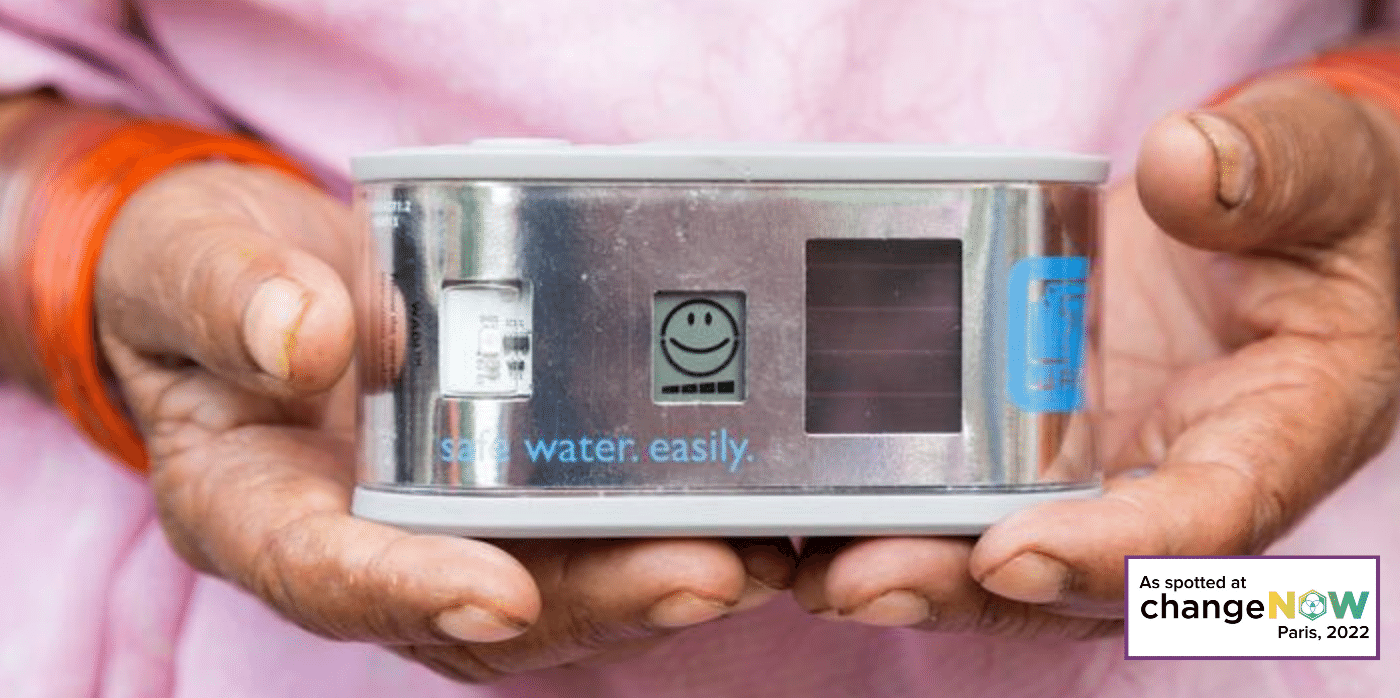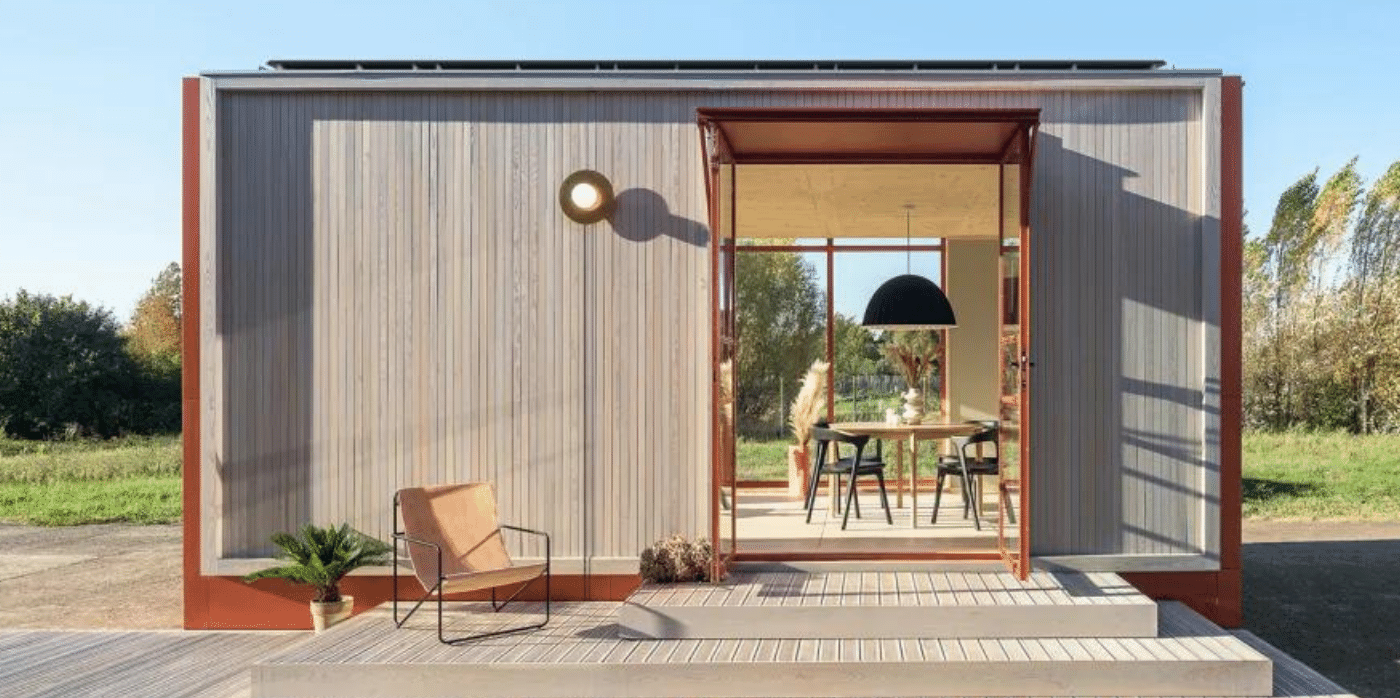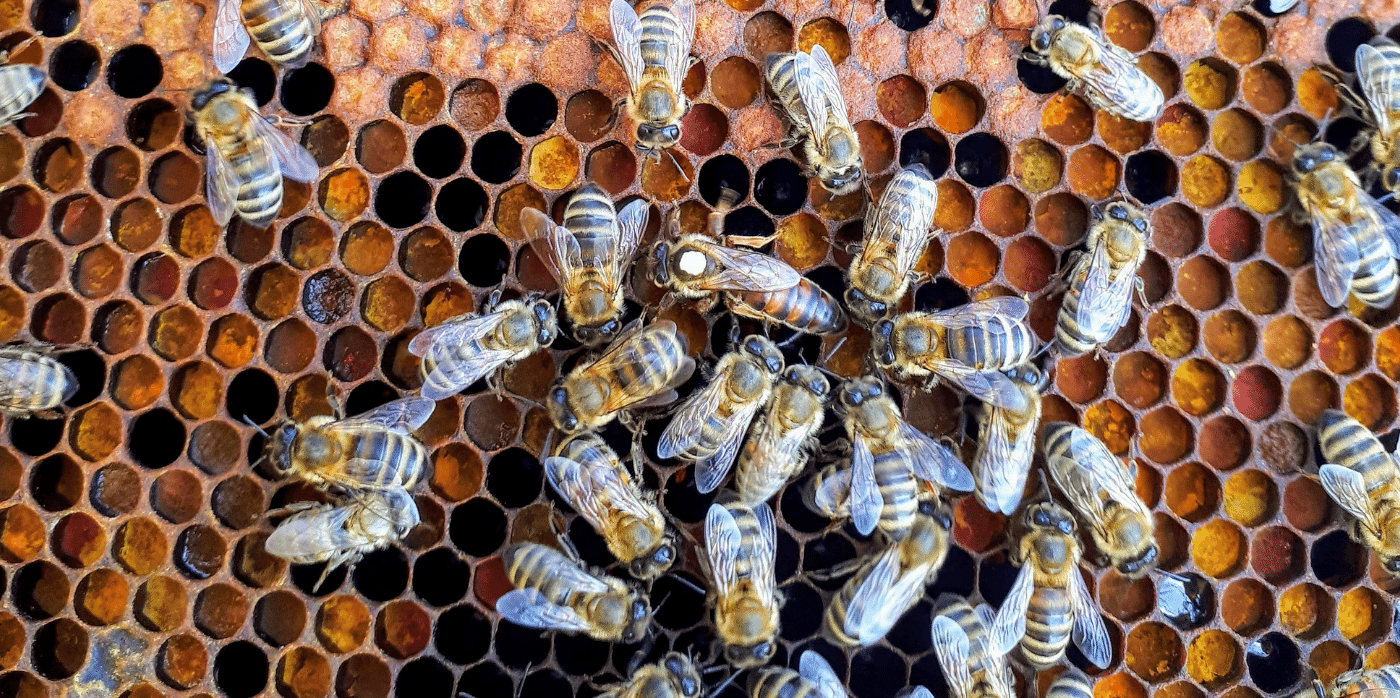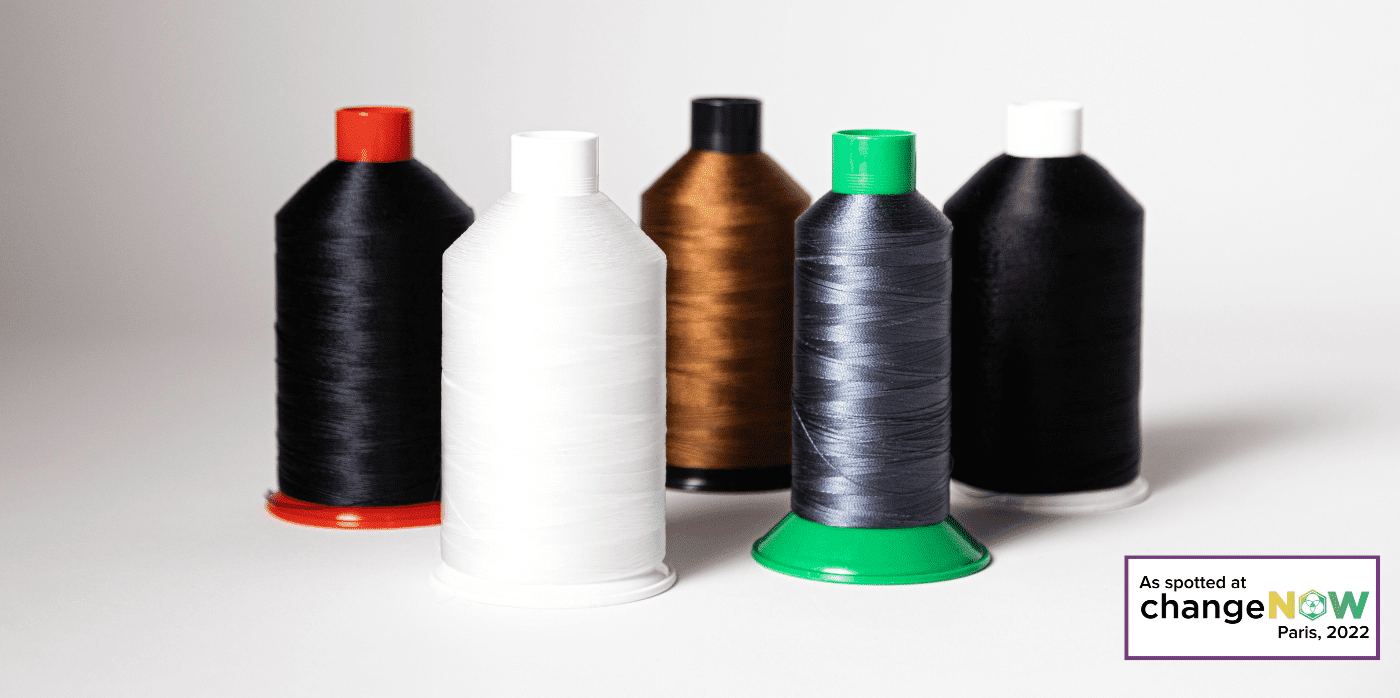A platform makes it easy to turn smartphones into multimedia museum guides
Spotted: Almost anyone who has been to a museum will be familiar with audio or multimedia guides – devices that provide still images, video clips, sound effects, music, and spoken commentary to accompany an exhibition. The first of these devices was developed in 1952 at the Stedlijik Museum in Amsterdam, and, over time, they have developed into the familiar iPod-like device still in use today. These bespoke devices can be cumbersome for users and expensive for smaller exhibitions. Now, startup Shoutr Labs has developed a system that is both easy to use and easy to develop.
Shoutr’s platform not only turns visitor’s smartphones into multimedia guides – it also makes it easy for museums and other attractions to develop those guides without programming expertise. It includes a content management system (CMS) with a drag and drop app builder, multilingual content, and the ability to easily manage content. Visitors can access the system on their smartphones without downloading an app.
The system is used together with the shoutr.Boxx, which saves all content in a local storage location. By allowing users to retrieve the data on the attractions’ local wireless network, the shoutr.Boxx removes the need for visitors to use mobile data (a potential issue for holidaymakers with high roaming charges or a poor connection). Shoutr also makes it possible for attractions to incorporate advanced features into their presentation, such as Augmented Reality.
Springwise has spotted several innovations that aim to make the arts more broadly accessible. These include a foundation using digital technology and a floating museum to bring contemporary art to the masses, and an AR art exhibition in the London skyline.
Written By: Lisa Magloff
13th May 2022
Website: shoutrlabs.com
Contact: shoutrlabs.com/en/contact

